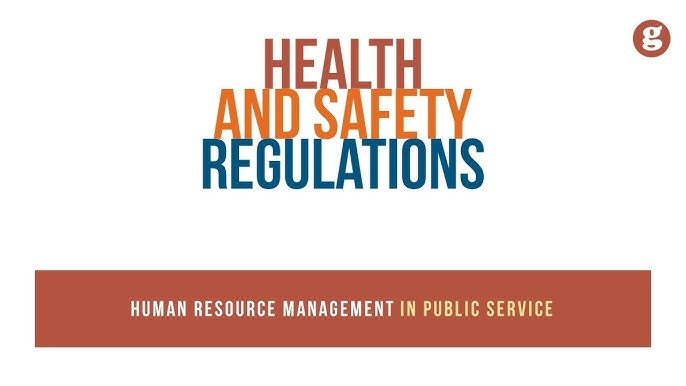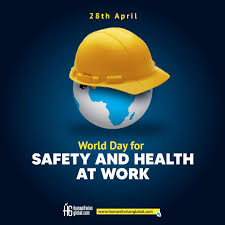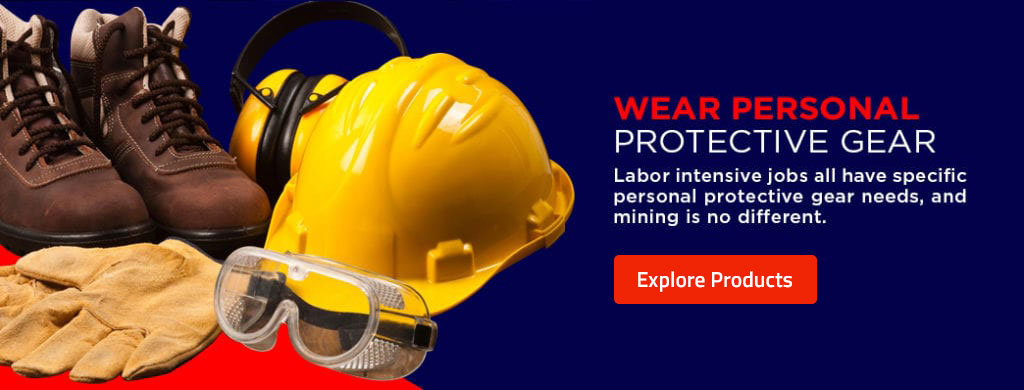Understanding OHS Laws and Regulations. Occupational Health and Safety (OHS) laws and regulations play a pivotal role in ensuring the well-being of workers across various industries. For students pursuing careers in OHS, understanding these laws and regulations is essential, not only to safeguard employees but also to comply with legal requirements. This article will explore the latest changes and key aspects of OHS laws at local, national, and international levels, with a focus on important guidelines and standards such as OSHA and EU regulations.
The Importance of OHS Laws and Regulations
OHS laws are designed to prevent accidents, injuries, and illnesses in the workplace. These regulations protect workers by setting clear guidelines for employers on safety practices, hazard management, and worker rights. For students entering the OHS field, an in-depth understanding of these laws is crucial, as it directly impacts their role in creating safer work environments and ensuring legal compliance.
Local and National OHS Laws and Regulations
- OSHA (Occupational Safety and Health Administration) Guidelines (U.S.)
- Overview: OSHA is a key agency in the U.S. Department of Labor, responsible for enforcing workplace safety and health regulations. The guidelines and standards set by OSHA are widely adopted and influence OHS practices globally. They cover a wide range of industries, from construction to healthcare, and provide comprehensive requirements for workplace safety.
- Recent Changes: In recent years, OSHA has updated its standards on workplace safety in response to emerging risks, such as those posed by COVID-19. These changes include the introduction of enhanced guidelines for personal protective equipment (PPE), sanitation protocols, and remote work safety.
- Key Regulations: Students should familiarize themselves with OSHA standards such as the General Duty Clause (Section 5 of the OSH Act), which requires employers to provide a workplace free from recognized hazards that are likely to cause death or serious physical harm.
- Workplace Safety Regulations in the U.K.
- Health and Safety Executive (HSE): In the UK, the HSE is the national body responsible for the regulation and enforcement of workplace health and safety. Similar to OSHA, HSE provides detailed guidance on workplace safety, risk assessments, and accident investigations.
- Recent Changes: In response to the COVID-19 pandemic, the HSE updated its guidelines on social distancing, cleaning procedures, and workplace arrangements to protect workers. For students in the U.K., staying up to date with HSE guidance is essential for academic and practical applications in OHS management.
- Key Regulations: The Health and Safety at Work Act (1974) is the cornerstone of workplace safety law in the UK, establishing the duty of employers to ensure, so far as is reasonably practicable, the health, safety, and welfare of employees.
- OHS Laws in Canada
- Canada’s Occupational Health and Safety Regulations: Each province in Canada has its own set of OHS regulations, but they are all influenced by federal legislation, such as the Canada Labour Code (CLC) and the Canadian Centre for Occupational Health and Safety (CCOHS).
- Recent Changes: The most recent developments include stricter enforcement of mental health regulations in workplaces, with a focus on psychological safety. Students should be aware of the Canadian Occupational Health and Safety Regulations (COHSR) and understand the rights of workers, including the right to refuse unsafe work.
- Key Regulations: The Canada Labour Code outlines provisions related to safety programs, workplace inspections, and reporting hazardous conditions.
International OHS Laws and Regulations
- European Union (EU) Health and Safety Regulations
- EU Directives on OHS: The EU has a harmonized approach to OHS, where member states must comply with directives aimed at improving workplace safety. One of the most important directives is the Framework Directive 89/391/EEC, which establishes the principles of preventive action and provides general guidelines on the safety and health of workers.
- Recent Changes: Recently, the EU has put greater emphasis on worker mental health and the use of new technologies in workplace safety, including artificial intelligence and robotics. These changes reflect an evolving landscape of risks in modern workplaces, such as those posed by automation and digital tools.
- Key Regulations: The EU Chemical Agents Directive (98/24/EC) and the Carcinogens and Mutagens Directive (2004/37/EC) are also significant, providing regulations related to hazardous chemicals and substances in the workplace.
- International Labour Organization (ILO) Standards
- Overview: The ILO, a specialized agency of the United Nations, sets international labor standards, including those related to health and safety. The Occupational Safety and Health Convention (C155) and the Recommendation No. 164 are two key ILO instruments that guide the establishment of national laws on OHS.
- Recent Developments: In recent years, the ILO has focused on ensuring that OHS regulations address not only physical hazards but also psychosocial risks, including stress, harassment, and violence in the workplace. Students should familiarize themselves with ILO’s OSH Management Systems Guidelines, which offer global best practices.
Key Areas of Focus for OHS Students
- Compliance and Enforcement
- Understanding the enforcement mechanisms for OHS regulations is essential for students. This includes inspections, fines, penalties, and the role of regulatory bodies in ensuring workplace safety.
- Global Perspective
- With many businesses operating globally, OHS students must be aware of international standards and how they align with local laws. A global perspective will enable students to help organizations navigate diverse regulatory environments.
- Emerging Issues in OHS Laws
- As industries evolve, new OHS challenges emerge. For example, as remote work grows, new guidelines and regulations are being developed to protect telecommuting employees. Similarly, emerging technologies such as AI and robotics require new safety standards to mitigate risks.
Conclusion
For students pursuing a career in Occupational Health and Safety, staying informed about the latest laws, regulations, and standards at local, national, and international levels is crucial. These regulations not only provide a legal framework for ensuring workplace safety but also help professionals mitigate risks and protect workers’ health. By understanding key regulatory bodies such as OSHA, HSE, and the EU, along with international standards set by organizations like the ILO, students can better prepare for their future roles in OHS and contribute to creating safer, healthier work environments worldwide.
4o mini











